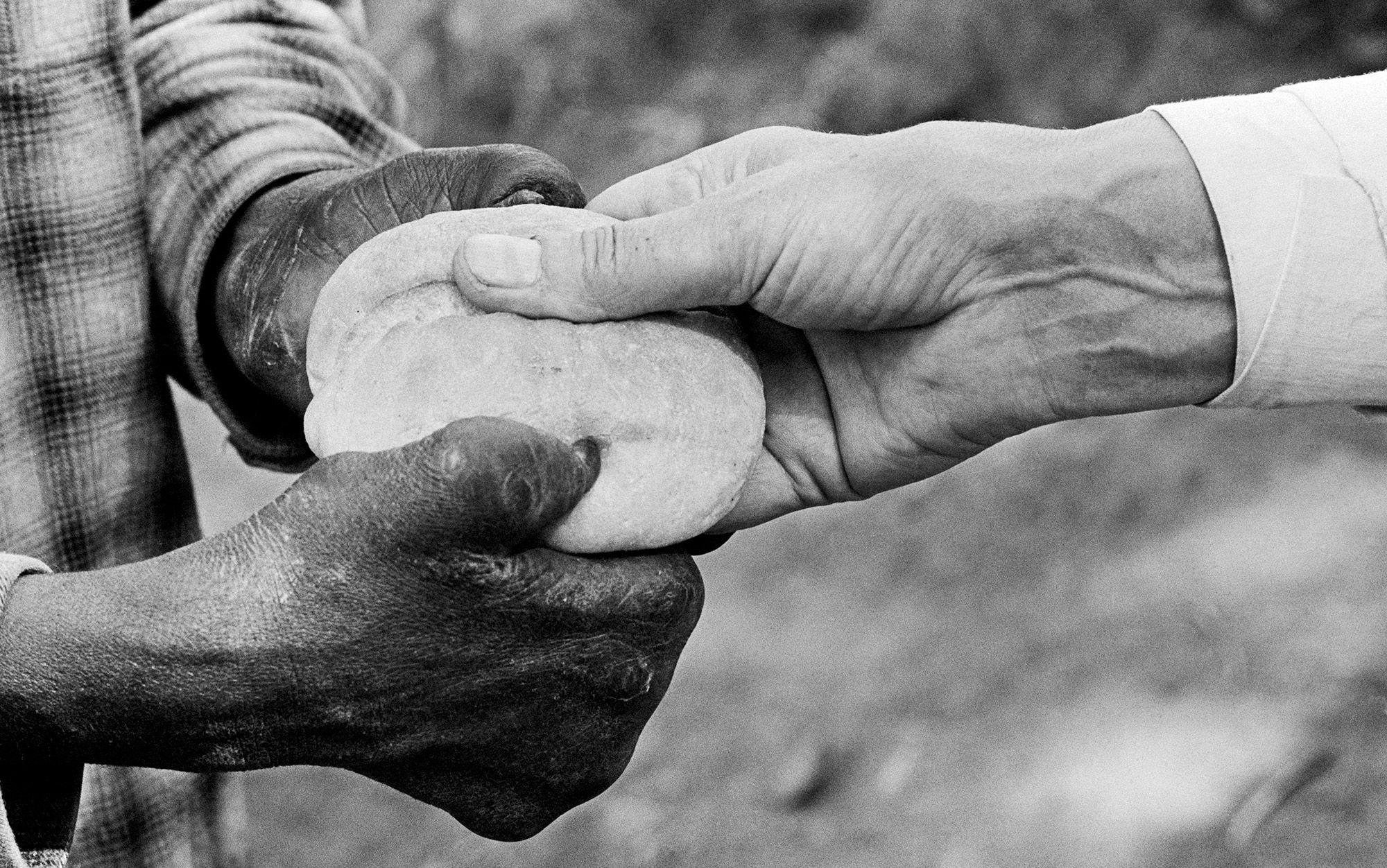Give and take: how gift-giving forges society, and ourselves | Aeon Essays
is a postdoctoral College Fellow at Harvard University, where she teaches history and social theory. She is currently working on her first book, provisionally titled ‘Found in Translation: Colonial Power, Indigenous Knowledge, and the Invention of the Social Sciences’.
‘To receive from kings,’ the Mahabharata tells us, ‘is at first honey, at the end, poison.’ Honey because who doesn’t want the gift of a king’s riches? Poison because how will we ever repay? We all know, because it is written by our sages and scripted in our norms, that receiving a gift carries with it certain obligations: to say thank you and to reciprocate with a gift in return. ‘These people invited us for dinner,’ Elaine Benes explains to George Costanza on the TV show Seinfeld. ‘We have to bring something.’ But why, George asks? ‘I just don’t like the idea that, every time there’s a dinner invitation, there’s this annoying little chore that goes along with it,’ he complains. ‘The fabric of society is very complex, George,’ Jerry Seinfeld tells him.
Continued here